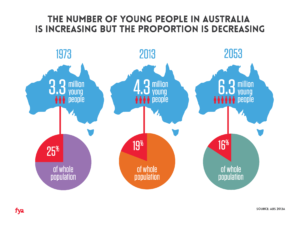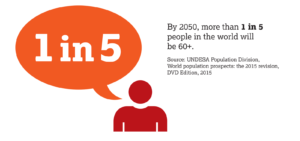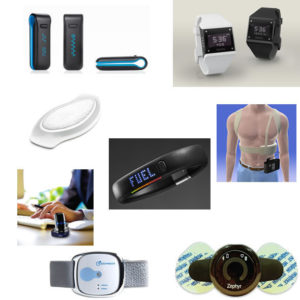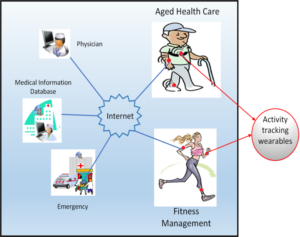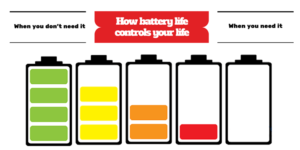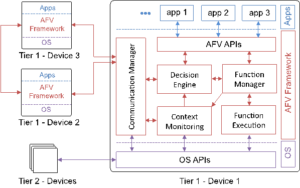Wearable Heath Computing
Rising challenges in health care
Rise in health care costs: From 68.7 billion in 2002-03 to 147.4 billion in 2012-13 (1.6 times higher)
Rising popularity of wearable devices
Wearable for health care
- One key solution to more affordable and proactive health care systems is through automatic and continuous human activity recognition (HAR).
- Recent advancements in wearable devices enable deploying such systems.
- Wide adoption of wearable activity sensors will reduce health care costs and improve quality of life.
Sustained operation challenge
- Almost all existing wearable devices are currently powered by batteries.
- The greatest challenge of wearable devices is the battery lifetime.
Our Approach
Context-aware utilization of available resources of multiple body-worn sensors such as;
- Sensing
- Computation
- Connectivity
Optimizing sensing capabilities
If a user wearing a smart-watch and carrying a smart-phone, it is not necessary to count steps on both smart-watch and smart-phone.
We propose Sense-Droid a middleware that simplifies the development of context-aware apps that efficiently utilize resources in an automated fashion
Benefits
- Sense-Droid does not require any complex user configuration.
- Provides developer with a set of simple APIs hiding complex context-aware sensor selection.
- Increases the total uptime of the wearable network.
Experimental Results
The above figure illustrates the power profile for three devices during the experiment. At the beginning, the phone is sampling accelerometer in normal speed and sending data to other two devices once in a minute. Then, we emulated a context change (unplugging the phone from AC power) at 15th second. With the context change, phone broadcasts all the devices in the personal network about the context change, which then triggers the Decision Engine on the phone and selects the watch 1 for sensing there after. The phone notifies the new function allocation to other devices and handover the sensing function to the watch 1. The phone stops sensing only after watch 1 acknowledged that watch 1 has taken over the sensing function.
The high power peaks of all devices after 15th is due the messages received and transmitted by each device, which is followed by high power idle states. The high power idle state is longer for the phone (until 26th second) compared to watches (until 20th second). Furthermore, our result shows that the overhead of system adaptation to context changes is less than one second as the watch 1 start sensing even before 16th second. This experimentally validates the sense-droid framework functionality with real devices.

